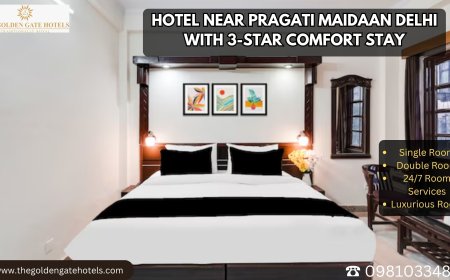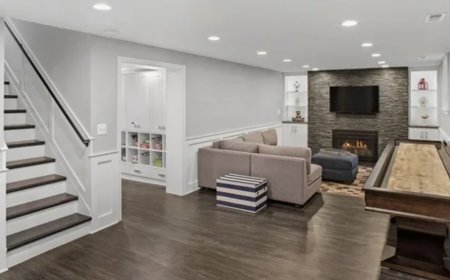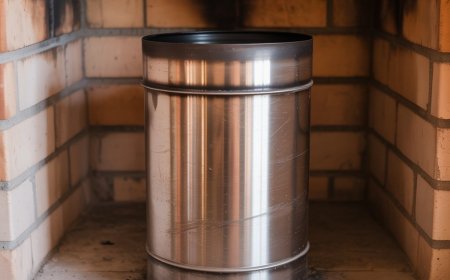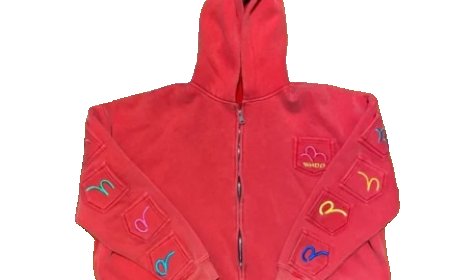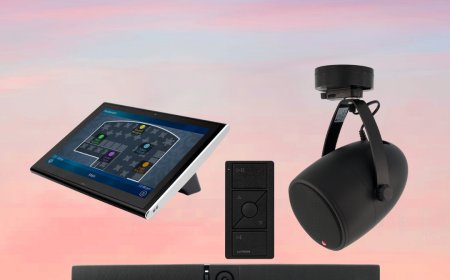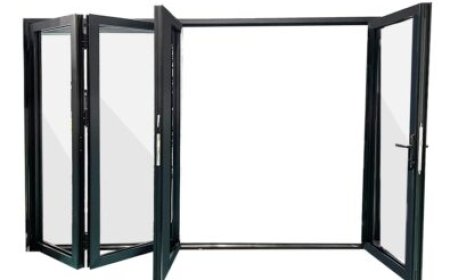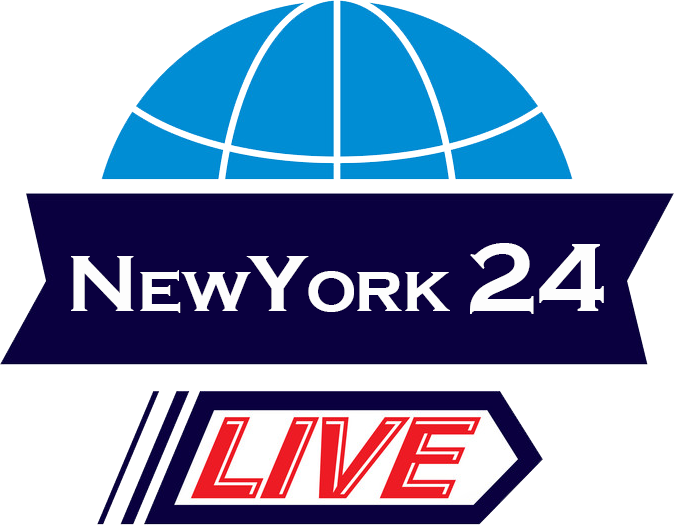Importance of the Right Meeting Table in Modern Office Environments

In todays ever-evolving corporate landscape, creating an effective workspace goes beyond just selecting attractive furniture. The heart of many productive discussions, strategic decisions, and collaborative efforts is the meeting table. This central piece of furniture does much more than provide a surface to place laptops and papersit sets the tone for communication, encourages teamwork, and can even influence the outcome of meetings. Whether youre designing a startups office or renovating a corporate headquarters, investing in a functional and stylish meeting table is a decision that carries long-term benefits. From size and shape to material and placement, every detail of a meeting table can make a difference in how effectively your team collaborates.
Choosing the Right Meeting Table Based on Room Size and Functionality
When planning your office layout, its essential to consider how a meeting table will fit into your space. A table that is too large can make a room feel cramped, while one that is too small may appear unprofessional or limit collaboration. First, measure your meeting room dimensions and think about how many people you typically host in a meeting. For a small team of 4 to 6 people, a round or square table might be ideal, fostering eye contact and easier conversation. For larger groups or more formal boardroom settings, a long rectangular or boat-shaped meeting table is more appropriate. Shape and size not only affect aesthetics and comfort but also impact how participants engage with each other during discussions.
Material and Design Choices that Reflect Brand Image
The design of a meeting table should align with your companys brand identity. If your organization values minimalism and modern aesthetics, a sleek metal and glass combination may be ideal. On the other hand, traditional businesses might opt for solid wood tables that exude authority and permanence. Materials like laminate, veneer, and engineered wood offer durability and can be customized to match any office theme. Furthermore, consider cable management features, built-in charging ports, and integrated technology slots to enhance the functionality of your meeting space. These smart additions help maintain a clean, clutter-free surface while supporting modern workplace needs like video conferencing and digital presentations.
Ergonomics and Comfort Should Not Be Overlooked
While much emphasis is placed on the design and materials of meeting tables, ergonomics is an equally crucial factor. Meetings can sometimes run long, and discomfort can affect concentration and productivity. The height of the meeting table should align well with the chairs in the room, allowing users to sit upright with adequate legroom. Edges should be smooth to avoid wrist strain, and the surface should be finished in a material that is not too reflective, especially under overhead lighting. Including ergonomic chairs that offer back support and adjustable features can further enhance the overall meeting experience. A comfortable meeting space not only supports better physical health but also encourages more effective participation.
Boosting Collaboration and Productivity Through Smart Layouts
The layout of your meeting room, and particularly the positioning of your meeting table, plays a significant role in fostering productivity. A well-placed table encourages open dialogue and active participation. Round or oval tables are excellent for brainstorming sessions, as they eliminate the concept of hierarchy and make every participant feel equally important. U-shaped and modular table arrangements are also becoming increasingly popular in modern offices. These allow for flexibility in seating and are perfect for hybrid work environments where video conferencing with remote participants is common. Think of your meeting table as a collaborative stagearranged thoughtfully, it can drive better teamwork and clearer communication.
Meeting Tables for Different Office Types and Cultures
Different industries and office cultures demand different types of meeting tables. Creative agencies may prefer bold, unconventional designs that inspire innovation, such as brightly colored or asymmetrical tables. Law firms and financial institutions, in contrast, often opt for larger, stately tables that reflect stability and formality. Tech companies, especially those with agile teams, may choose modular tables that can be reconfigured for stand-up meetings, group work, or individual focus sessions. Its important to choose a meeting table that not only meets the practical needs of your team but also resonates with the values and culture of your business. This intentionality helps create a space that your employees and clients respect and enjoy using.
Sustainable and Future-Ready Furniture Choices
Sustainability is no longer just a trendits a necessity. Opting for eco-friendly meeting tables made from recycled materials or responsibly sourced wood can contribute positively to your companys green initiatives. In addition, choosing durable, high-quality tables reduces the need for frequent replacements, saving costs and minimizing waste in the long term. Some manufacturers now offer modular meeting tables that can adapt to changing office needs, such as expansions or relocations. These future-ready solutions are a smart investment for businesses that anticipate growth or frequent restructuring. Embracing sustainability also helps position your brand as environmentally responsible, which is increasingly important to both employees and clients.
How the Right Meeting Table Enhances Company Image and Professionalism
The furniture in your office, particularly your meeting table, makes a lasting impression on clients, partners, and job candidates. A well-chosen table can communicate professionalism, attention to detail, and respect for everyone present in the room. From the first handshake to the final handshake, the table becomes the foundation for building trust and conveying your companys values. It reflects not just your design preferences, but also how seriously you take collaboration, communication, and corporate culture. An outdated, worn-out table may signal complacency, while a modern, well-maintained table signals progressiveness and high standards. Its not just a piece of furnitureits a branding tool in itself.
Conclusion
Investing in the right meeting table is about more than aestheticsit's about creating a workspace that supports collaboration, comfort, and company culture. With careful consideration of size, material, design, and functionality, you can turn any meeting room into a productive and professional environment. Whether you're a startup with bold ideas or a legacy firm rooted in tradition, the right meeting table can help elevate your office space and leave a lasting impression. For businesses looking to upgrade their office furniture with style and practicality, office furniture Manila offers a diverse selection of high-quality meeting tables tailored to every need.





